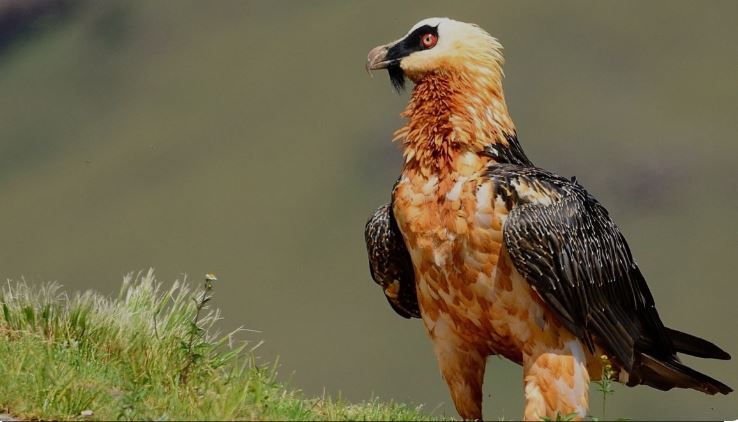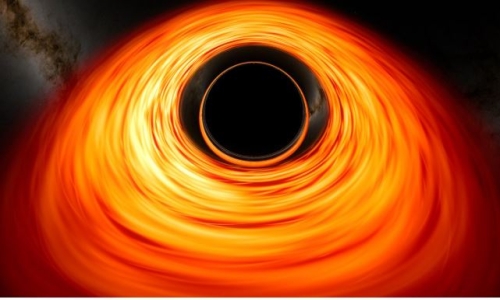


 12:56:39
12:56:39  2023-07-07
2023-07-07  1025
1025

They may not be the prettiest birds of prey, but the world would be a smellier place without vultures!
All vultures have a wide wingspan, which allows them to soar for long periods of time without flapping so much as a feather while looking for carrion to eat. They all have a sharp, hooked beak for ripping apart meat. Vultures are large compared to other birds. Their bald head and neck serve a useful purpose, allowing vultures to steer clear of infection and tangled feathers when eating decaying meat. A strong immune system allows vultures to eat rotting and possibly infected meat without getting sick.
These unusual birds are divided into two groups: New World vultures, which are from North, Central, and South America; and Old World vultures, which live in Africa, Asia, and Europe.
New World vultures have a distinctive bald head, an adaptation that helps reduce the risks of disease, because bacteria could become lodged in feathers, while the bald head and neck may be disinfected by the sun’s rays. New World vultures have nostrils that are long and horizontal, with a space between them. They do not have a voice box, so they cannot make any sound except hisses and grunts. New World vultures don’t build nests; instead, they lay their eggs in holes on high rocky surfaces or in tree cavities.
Some examples of New World vultures are turkey vultures, black vultures, king vultures, California condors, and Andean condors.
Old World vultures look like their eagle and hawk relatives. They have large, grasping talons, a voice box to vocalize with, and build nests made of sticks on rocky platforms or in trees. Old World vultures have also been around longer than the New World vultures. They have stronger feet than the New World vultures, which have feet that are not designed for grasping, and large, broad wings that allow them to stay aloft for most of the day, and a large, powerful beak with a hooked tip.
Some other examples of Old World vultures are Himalayan, Egyptian, hooded, Indian black, and palm-nut vultures, and Egyptian or Eurasian griffons.
Although New World vultures are unable to make more than hissing and grunting sounds, Old World vultures can be quite vocal when feeding at a carcass, making lots of grunts, croaks, screeches, and chatter. White-backed vultures croak plaintively or squeal like pigs during a meal. Bearded vultures scream while rolling and twisting in flight during courtship.
Not many kinds of wildlife threaten vultures. Covered as they are with bacteria, they would make most predators sick if eaten. Other scavengers may threaten the vulture, mainly to get better access to a shared carcass. Vultures tend to gorge themselves, often to the point of being unable to fly. If they feel bothered as they stand about digesting their food, they simply regurgitate to lighten the load and fly off.
Many people look at the vulture as a sign of death, but some cultures admire the birds. Ancient Egyptians connected the Egyptian griffon to their goddess Nekhbet, guardian of mothers and children. Griffon images are found in early Egyptian paintings and drawings and even had a place on the crown of the pharaoh, alongside the cobra. In some Indigenous North American cultures, California condors are important in mythology and burial rituals.
Vultures are also important in India, as they help remove dead wildlife without spreading disease. In other parts of Asia, religious and cultural traditions call for the carcasses of domestic animals to be left out for “disposal” by vultures. In some regions, even human remains are left out for the vultures prior to burial.
Vultures may not have the cleanest job, but you will never hear them complaining!
Reality Of Islam |
|

If you'

Imagine bei

MIT en
 9:3:43
9:3:43
 2018-11-05
2018-11-05
10 benefits of Marriage in Islam
 7:5:22
7:5:22
 2019-04-08
2019-04-08
benefits of reciting surat yunus, hud &
 9:45:7
9:45:7
 2018-12-24
2018-12-24
advantages & disadvantages of divorce
 11:35:12
11:35:12
 2018-06-10
2018-06-10
 6:0:51
6:0:51
 2018-10-16
2018-10-16
 10:43:56
10:43:56
 2022-06-22
2022-06-22
the happy life of mankind requirement
 6:36:36
6:36:36
 2022-01-25
2022-01-25
 2:33:4
2:33:4
 2023-02-15
2023-02-15
 5:57:34
5:57:34
 2023-03-18
2023-03-18
 8:15:37
8:15:37
 2023-02-16
2023-02-16
 1:16:44
1:16:44
 2018-05-14
2018-05-14
 8:21:9
8:21:9
 2018-06-21
2018-06-21
 5:41:46
5:41:46
 2023-03-18
2023-03-18
| LATEST |